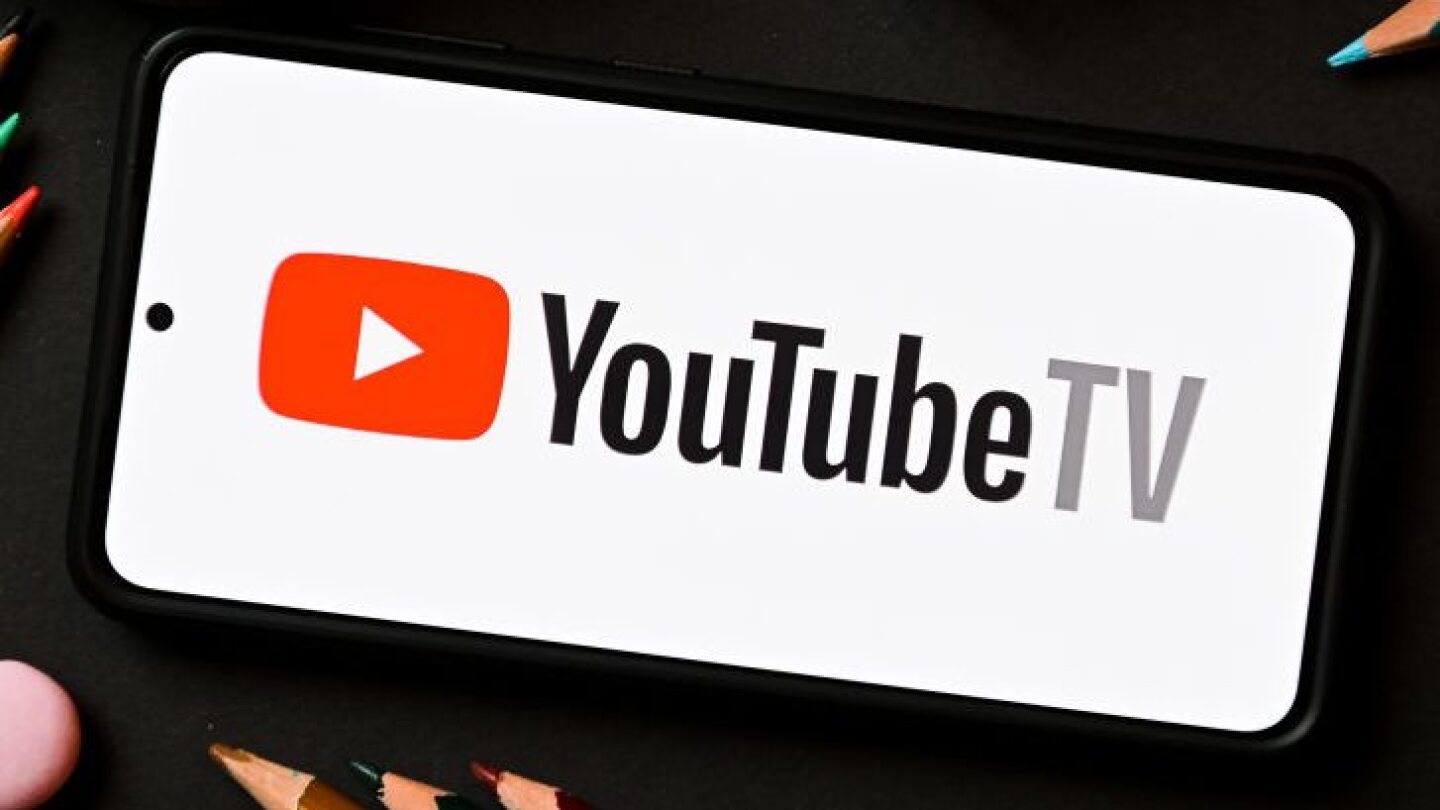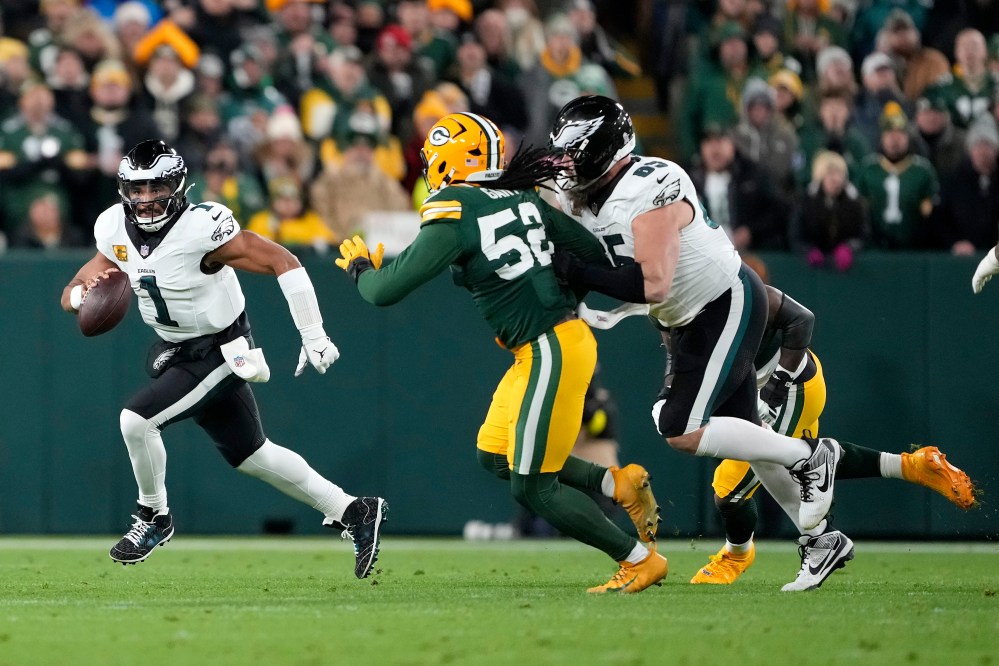The ongoing blackout of ESPN, ABC, and other Disney networks on YouTube TV signals a significant financial setback for the entertainment giant. Estimated at around $30 million per week, Disney's revenue loss translates to nearly $4.3 million per day due to the absence of its channels on the popular streaming platform.
Morgan Stanley analysts Benjamin Swinburne and Thomas Yeh have highlighted the impact of the YouTube TV blackout on Disney's financial forecast for the year-end 2025 quarter. The analysts are closely monitoring the situation, incorporating a $60 million revenue headwind into their analysis, stemming from the ongoing disagreement between Disney and YouTube TV.
With November 11 marking the 12th day since the blackout began, speculation arises about the potential resolution of the conflict in the upcoming week. However, each week that Disney's networks remain unavailable on YouTube TV is likely to dent the company's adjusted earnings per share by 2 cents, as projected by financial experts.
As Disney prepares to report earnings for the September 2025 quarter, analysts anticipate revenue of $22.78 billion and earnings per share of $1.02. The blackout has deprived YouTube TV subscribers of highly anticipated events like "Monday Night Football," college football games, popular primetime shows, and news broadcasts, accentuating the impact of the dispute on consumer experiences.
YouTube TV has not been immune to the consequences of the standoff, facing subscriber churn as a portion of its users opt to cancel their subscriptions due to the unavailability of key Disney-owned channels. A recent survey revealed that 24% of YouTube TV subscribers either have already canceled or intend to cancel their service following the blackout. In response, YouTube TV has initiated measures such as offering a one-time $20 credit to subscribers in an attempt to mitigate cancellations.
The conflict between Disney and YouTube TV erupted over pricing disagreements, with Google alleging that Disney is demanding an unprecedented fee hike, while Disney argues that Google is not willing to pay fair rates for its channels. The standoff intensifies against the backdrop of the recent launch of ESPN Unlimited, a comprehensive standalone streaming service offering an array of sports content.
Looking ahead, Disney's proposed deal to offer the NFL a 10% stake in ESPN, valued at up to $2.5 billion, adds another layer of complexity to the ongoing negotiations. Despite these challenges, analysts believe that ESPN Unlimited's debut has exceeded initial expectations, with projected growth in subscriber numbers and increased subscription revenues in the coming year.
However, amidst the financial implications for both companies, the burden falls on consumers to navigate the fallout of the blackout. Google's decision to require subscribers to manually claim a credit portrays a contentious approach, potentially leading to lapses in compensation for affected users.
In conclusion, the Disney-YouTube TV dispute underscores the intricate dynamics of content distribution and pricing negotiations in the evolving streaming landscape. As the standoff continues to unfold, the financial consequences and consumer reactions serve as critical points of observation in the ongoing saga between these industry giants.


